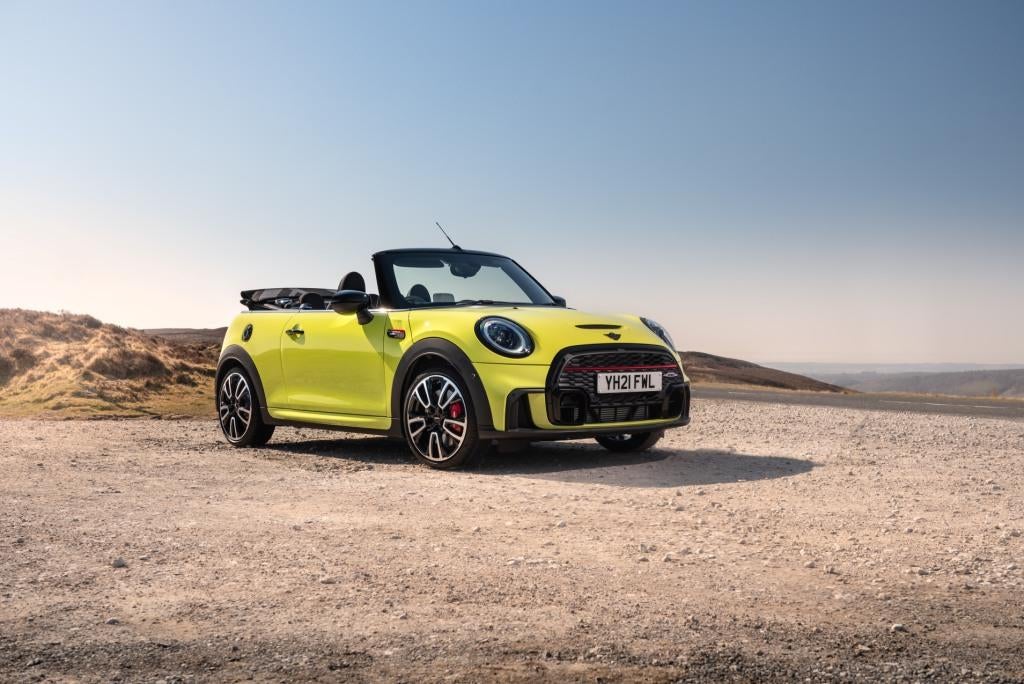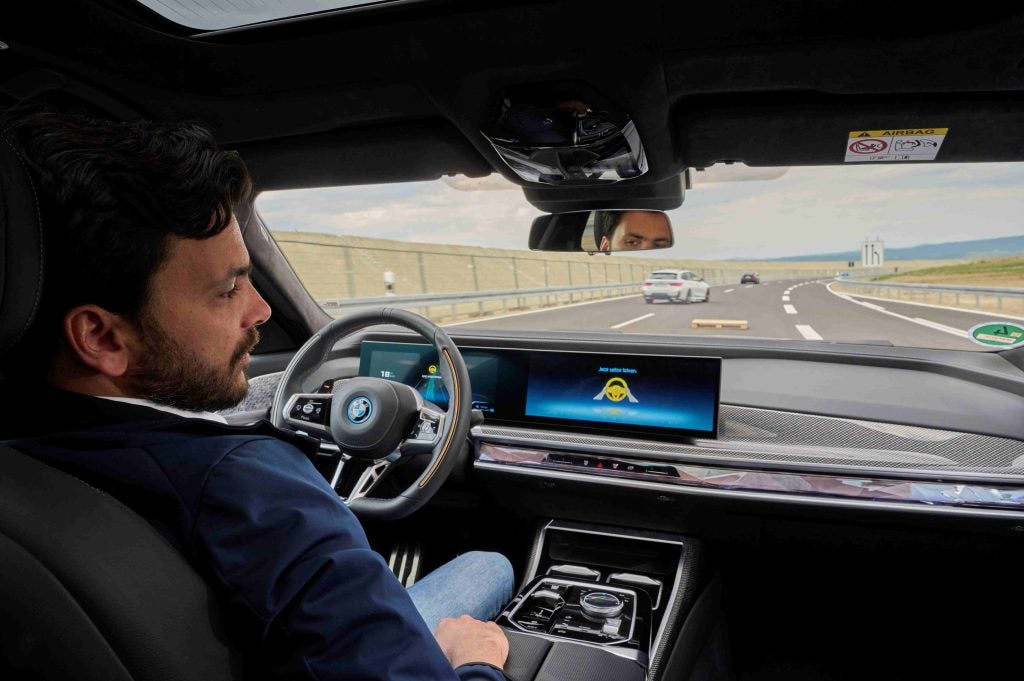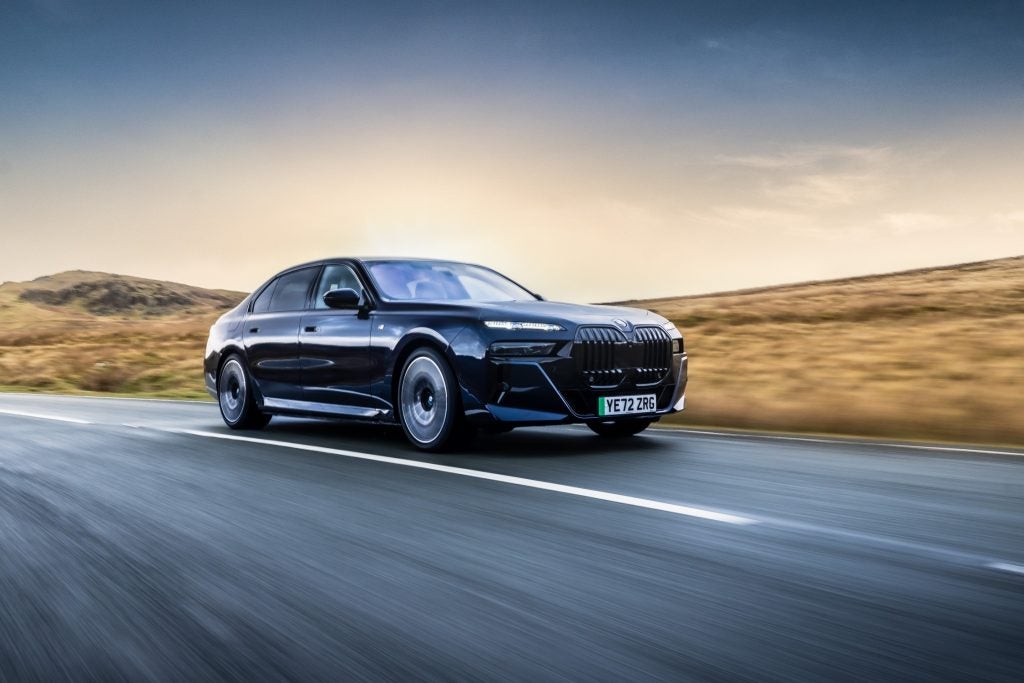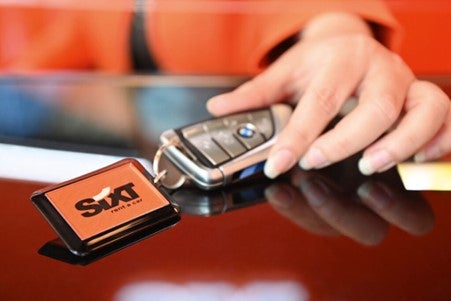
BMW recently went public with a statement that the next Mini Convertible won’t arrive until 2025. So with Britain looking especially green and pleasant thanks to the rain-sun-rain-repeat pattern of spring 2021, it’s a perfect time to assess the updated F57 drop-top in one of its best markets.
Hard to believe in some ways but the third evolution of the Mini as a hatchback will be seven in six months’ time. Or just six and a half as of right now. Time for a fourth generation model then? No, instead we’re seeing a facelift; the second one for the F56 three-door which arrived at the end of 2013.
How well do you really know your competitors?
Access the most comprehensive Company Profiles on the market, powered by GlobalData. Save hours of research. Gain competitive edge.

Thank you!
Your download email will arrive shortly
Not ready to buy yet? Download a free sample
We are confident about the unique quality of our Company Profiles. However, we want you to make the most beneficial decision for your business, so we offer a free sample that you can download by submitting the below form
By GlobalDataIt’s unusual thing for any BMW model to stay in production for such a long time, the LCI II (Life Cycle Impulse No. 2) likely means two or more years of build remain. Can the brand get away with this? Probably, and that’s because the people who buy Minis really love them and tend to be loyal.
This latest round of updates will be enthusiastically received with the exterior changes enough to create both quite a bit of trade-in volume and some crucial interest from those new to the brand.
It’s not as if anyone is clambering for a radical reinterpretation of the model’s look and stance plus it’s doubtful that BMW would risk upsetting all those people who buy car after car. For example my neighbour, keen to take a look at the press test vehicle, thrilled to telling me her 20-reg five-door is her fifth Mini in a row, whilst also asking what I thought of “the new electric one”. Number six is already being pondered it seems.
As is obvious from the picture above, what I’ve been driving isn’t an EV: the battery-Mini can only be ordered as a three-door. That will change when generation four arrives in 2023-2025. More on that in a moment.
Pricing for the latest Convertible starts at GBP21,305, which seems reasonable. That gets you the base 100 kW (136 PS) 1.5-litre engine. The other choices are both 2.0-litre four-cylinder units, one with 131 kW (178 PS) and the other producing 170 kW (231 PS). The last of those three is reserved for John Cooper Works trim and all are of course now compliant with Euro 6d emissions norms.
Buyers may choose from manual or DCT transmissions and in some markets, a 75 kW (102 PS) version of the three-cylinder motor is also available.
Changes for 2021
The latest facelift includes an even larger grille, redesigned LED headlights and side scuttles, differently shaped wheel arch flares and the formerly optional Union Flag tail lamps have been made standard. Even if on paper this is a minor restyle, the update works to freshen the car up.
There are all manner of extra cost packs, the car lent to me featuring the Piano Black Exterior option. This applies to the door handles, side scuttles, fuel cap, badges on the boot and bonnet, and even the tailpipes. Oh, and I mustn’t forget the trim around the headlights, grille and rear lights. Meanwhile, the circular ‘light band’ surrounding the headlights incorporates the DRL and indicators.
As for wheels, buyers can choose from up to five new styles, diameters being 17 or 18 inches.
The black-out treatment continues on the inside, this now standard feature replacing much of the former mock-chrome plastic. There’s also a new touchscreen as well as a different steering wheel which incorporates revised buttons for all the usual functions.
A small cluster of digital read-outs immediately ahead of the driver moves with the steering wheel; a handy touch. It took me a few attempts to learn how to convince the indicators to self-cancel, that being the only unusual function. With the roof down, an owner might occasionally wish for less bright light obscuring the view of what speed they’re doing (or to check if the turn signal is still flashing?).

The electric roof will lower or lift if the key’s lock/unlock button is given an extended press although this can be a bit hit and miss for some reason. Otherwise, just flick a switch above the rear-view mirror and as long as you’re travelling below 20 mph, the canvas top will slide backwards or forwards like a sunroof. Then in a second phase, the windows are lowered or raised and the same happens to the roof itself.
I’d recommend that BMW finds a way to both expand the capacity of the boot which remains on the small side, while also engineering the soft-top to rest a few centimetres lower. Perhaps that’s a tough ask for small convertibles: the 500 EV cabrio has the same issue with obscured rear vision when the top’s dropped.

There’s a part of me that would readily denounce cars such as both this one and the new Fiat for being not really suitable for anyone who enjoys pushing vehicles towards the limits of road-holding. The updated Mini surprised me though with just how good it is, even if Britain being especially beautiful at this time of year helped to influence the joy of driving. There’s very little slack in the steering, not much torque-steer and with the roof down you don’t need to be going too fast to properly enjoy yourself.
A JCW three-door is still the only Mini I lust after but the Convertible somehow managed to endear itself to me. I can also now fully understand why people such as my neighbour become so fond of their cars and continue to buy one after the other.
Electric convertible by mid-decade
BMW has crunched the numbers and believes that it can make a case for a future electric Mini Convertible. This we know for sure thanks to a recent statement by the brand’s CEO Bernd Körber, announcing 2025 as when we’ll see such a car. He also mentioned that Germany was the number one market in 2020, followed by the USA and then the UK.
A report by an insider claims that production of the current model will continue until February 2024, so unless things change, that means a hiatus of perhaps a year or more.
VDL’s NedCar plant produces the current model but with BMW having already stated that the next Countryman will be made in-house, the same thing might happen for the future Convertible. Other possible locations could be Cowley/Oxford, Debrecen (Hungary) or perhaps even an alternative contract assembler’s plant such as Magna Steyr’s Graz factory in Austria. In fact, the decision may not have been taken just yet.
The as-tested Mini Convertible Cooper Exclusive retails for GBP23,805 + GBP805 charges (registration plates, First Registration Fee etc). CO2 is 140 g/km.







